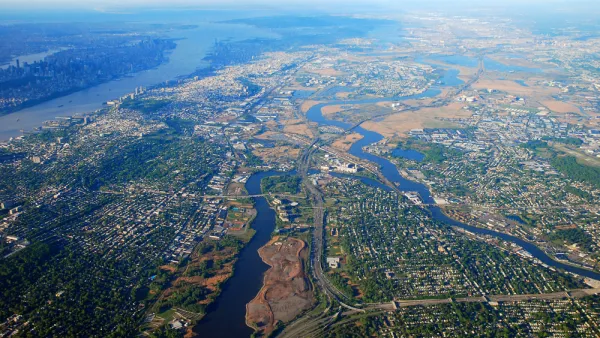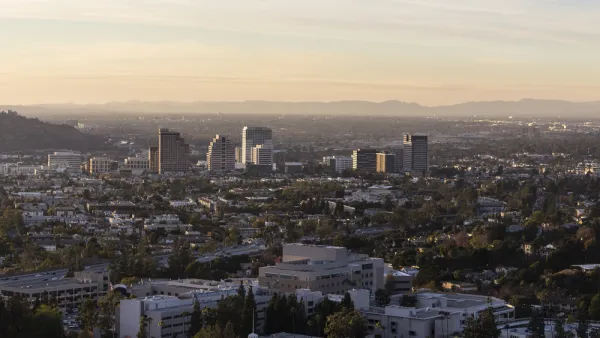Megacities are the future of our planet. Author James Canton offers several visions and strategies to begin planning for them.
In "prescient article" in the journal Significance futurist James Canton argues that cities will diversify as they get larger, writes Michael Batty on his A Science of Cities blog.
Megacities will become the primary form for future urbanization, Canton argues. The growth of the new megacities may ultimately only be constrained only by the ability of a single government to manage them. Canton lays out several possible models for the new megacities, such as Chaos City (think Mogadishu) to Gang City (think Afghanistan), Fortress City (think Dubai) and the Smart City.
From Canton's article:
"By 2040, most of the world's population will be living in megacities, writes Canton. A megacity is a city containing at least 10 million people. Megacities already exist. There are as many as 26 of them on the planet today...
"The Smart City is coming and the megacity will bring it soon. The actual development of artificial intelligence as an incentive to meet the challenges of the Smart City will set the stage for the future. Nine billion people will be the largest concentrations of human density in the history of civilisation. Some find it almost impossible to imagine it all turning out well... What planners, policy-makers, leaders and social scientists should be doing today is getting ready with new models of planetary management. Our lack of readiness for the future is endemic in our civilisation. But it would be good to get this forecast right and prepare for the megacity future."
The link below is to the official Wiley Online Library website, which requires a fee to view this paper. However, a PDF of the article(1.4 MB) is available from the Institute for Global Futures website.
Thanks to Michael Batty
FULL STORY: The extreme future of megacities

National Parks Layoffs Will Cause Communities to Lose Billions
Thousands of essential park workers were laid off this week, just before the busy spring break season.

Retro-silient?: America’s First “Eco-burb,” The Woodlands Turns 50
A master-planned community north of Houston offers lessons on green infrastructure and resilient design, but falls short of its founder’s lofty affordability and walkability goals.

Delivering for America Plan Will Downgrade Mail Service in at Least 49.5 Percent of Zip Codes
Republican and Democrat lawmakers criticize the plan for its disproportionate negative impact on rural communities.

Test News Post 1
This is a summary

Test News Headline 46
Test for the image on the front page.

Balancing Bombs and Butterflies: How the National Guard Protects a Rare Species
The National Guard at Fort Indiantown Gap uses GIS technology and land management strategies to balance military training with conservation efforts, ensuring the survival of the rare eastern regal fritillary butterfly.
Urban Design for Planners 1: Software Tools
This six-course series explores essential urban design concepts using open source software and equips planners with the tools they need to participate fully in the urban design process.
Planning for Universal Design
Learn the tools for implementing Universal Design in planning regulations.
EMC Planning Group, Inc.
Planetizen
Planetizen
Mpact (formerly Rail~Volution)
Great Falls Development Authority, Inc.
HUDs Office of Policy Development and Research
NYU Wagner Graduate School of Public Service





























